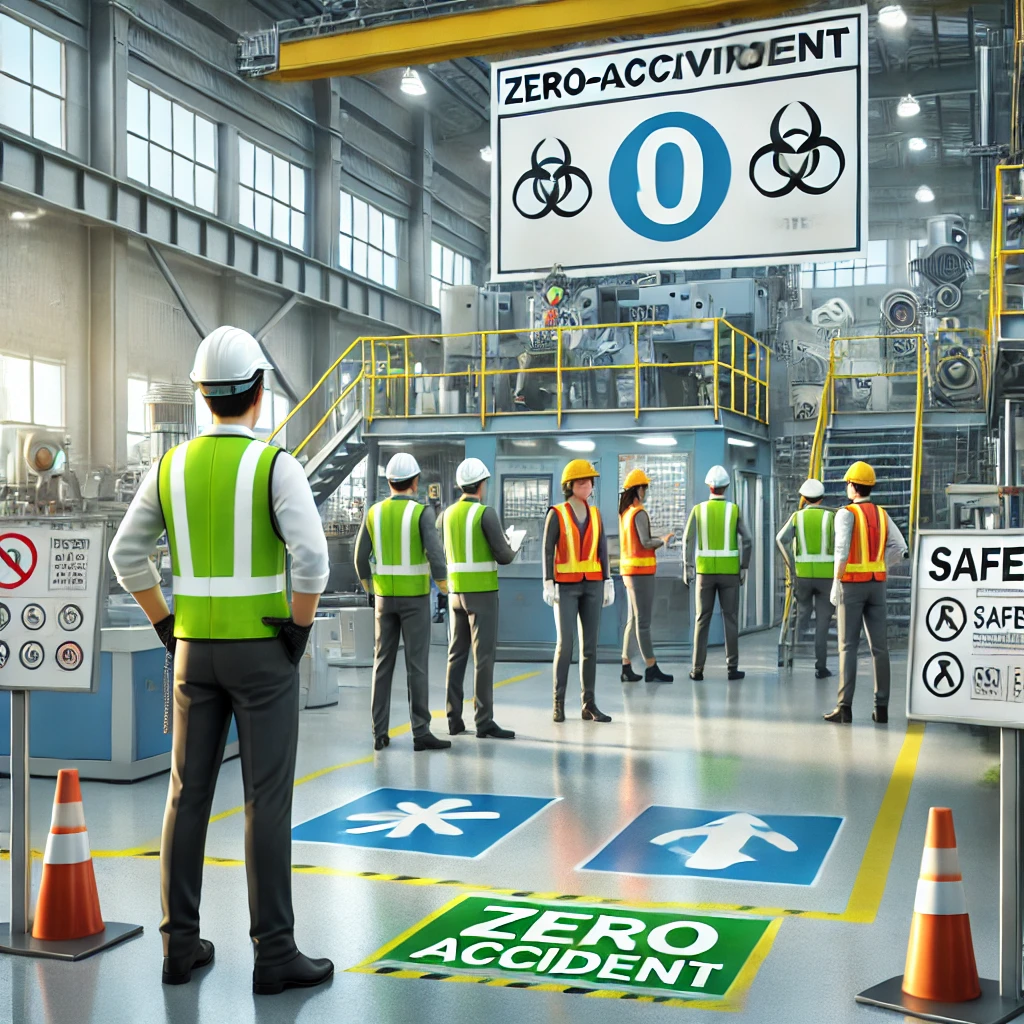How to Build a Zero-Accident Workplace: A Complete Safety Strategy for All Industries
Beyond The Shell: How Smart & Connected Safety Helmets are transforming Head Protection in 2025:
November 3, 2025Creating a zero-accident workplace is one of the most important goals for any organization. Whether you work in manufacturing, construction, logistics, chemical plants, or oil & gas, a strong safety strategy protects employees, reduces downtime, improves productivity, and boosts overall business performance. A safe workplace not only prevents injuries but also builds trust and long-term sustainability.

1. Build a Strong Safety Culture
A zero-accident workplace begins with a safety-first mindset. When employees feel responsible and empowered to speak up, accidents decrease naturally.
How to strengthen safety culture:
- Encourage open reporting of hazards
- Conduct regular toolbox talks
- Recognize teams that follow safety rules
- Make safety a leadership priority
A strong culture reduces unsafe behavior and increases accountability across departments.
2. Provide Proper PPE for Every Task
High-quality Personal Protective Equipment (PPE) is essential in every industry. Helmets, gloves, masks, shoes, harnesses, reflective vests, and goggles help reduce injuries from physical, chemical, electrical, and fire hazards.
To improve PPE compliance:
- Train employees on correct usage
- Inspect PPE regularly
- Replace damaged or expired equipment
Proper PPE ensures workers stay protected in all operating conditions.
3. Use Effective Safety Signage Everywhere
Safety signboards are a major part of hazard communication. They help workers identify risks, follow instructions, and respond quickly during emergencies.
Important signage includes:
- Warning signs (high voltage, chemical hazards)
- Mandatory signs (wear PPE, hearing protection)
- Prohibition signs (no entry, no smoking)
- Emergency signs (exit route, fire extinguisher)
Clear signage improves awareness and prevents accidental exposure to risks.
4. Conduct Regular Safety Training & Refreshers
Even skilled workers can forget procedures over time. Regular training ensures everyone understands safe practices, new hazards, and updated regulations.
Useful training sessions:
- Fire safety & evacuation drills
- First-aid
- Machine and equipment safety
- Confined space training
- Working at height
- Hazard communication
Industries that use diving or underwater services should include training for scuba workers and deep-water safety.
5. Identify Hazards With Proactive Risk Assessments
To achieve zero accidents, companies must identify hazards early.
Performing regular site inspections, Job Safety Analysis (JSA), and daily walkthroughs helps eliminate risks such as slips, falls, chemical exposure, and equipment failure.
Digital tools for hazard reporting also improve speed and accuracy.
6. Implement Clear Standard Operating Procedures (SOPs)
SOPs ensure tasks are performed safely and consistently.
Important SOP areas:
- Energy isolation (LOTO)
- Chemical handling
- Machine operation
- Height work
- Confined space entry
Well-written SOPs reduce human error and guide workers through safe methods.
Conclusion
Building a zero-accident workplace is achievable when companies focus on safety culture, PPE, signage, training, hazard control, SOPs, and emergency preparedness. With consistent effort and strong leadership, every industry can create a safer, more productive, and accident-free environment.
